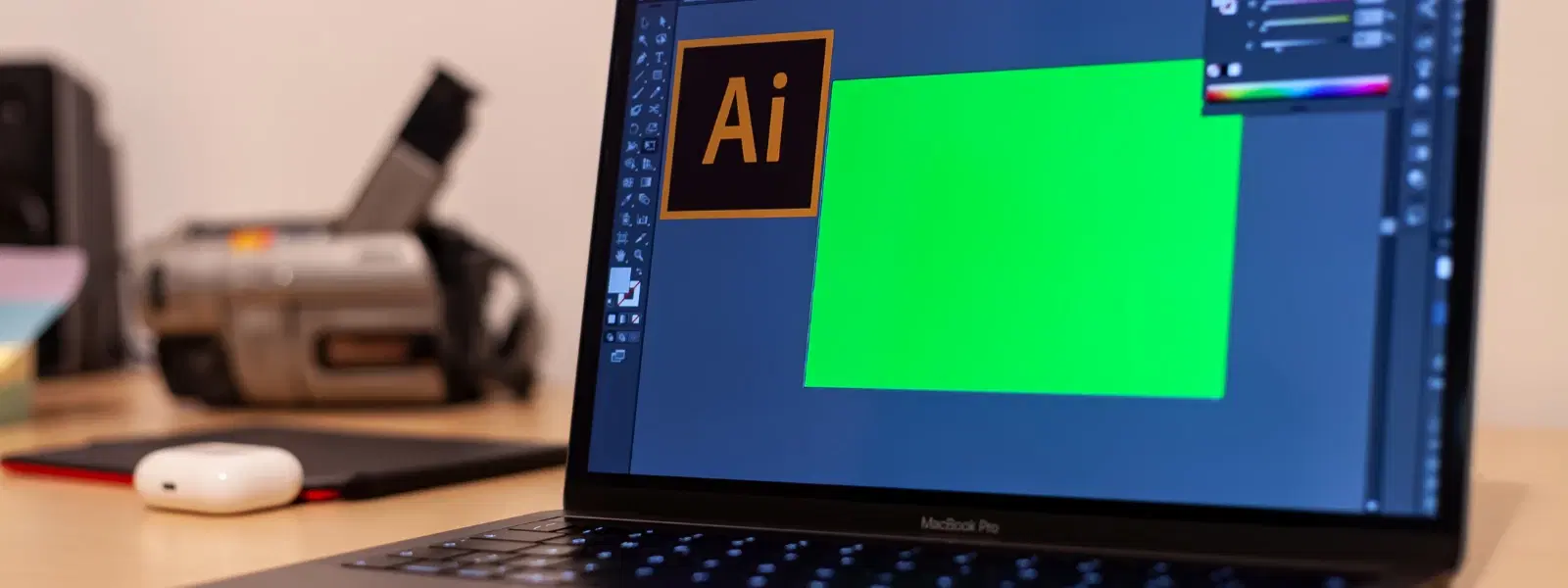
Consumer Electronics
•03 min read
Managing Java versions on macOS can seem challenging, particularly when different projects require different settings. In this guide, we explain how to change Java version in mac, offer clear instructions on updating your Java, and show you how to manage Java versions on mac efficiently. By reading further, you will learn to switch java version mac effortlessly, update java version mac when needed, and set java version mac with confidence.
Software development environments often need different versions of Java for compatibility with various libraries and tools. Whether you are maintaining legacy applications or setting up a testing environment, switching java version configuration mac appropriately is crucial. Setting the correct java environment mac helps ensure smooth project execution.
The basics of Java on mac involve knowing your installation paths and essential environment variables. The $JAVA_HOME variable, along with the java version command mac like java -version, indicates the current setup. Understanding these concepts is the first step to effective mac java path setup and configuration.
Begin by listing all installed Java versions. Open Terminal and run the command ls /Library/Java/JavaVirtualMachines/ to see which versions are installed. Then use java -version to check the active version. This step is key in managing java versions mac efficiently.
You can install multiple Java versions on mac through tools such as Homebrew or SDKMAN. For example, to install a specific version, you can run: brew install openjdk@<version>. SDKMAN is another great option that helps manage multiple java versions mac and offers a simple way to update java version mac when required. Remember, efficient management of your java environment mac makes switching between projects smooth and hassle-free.
The easiest way to change default java mac is to set the $JAVA_HOME variable. Open Terminal and execute: export JAVA_HOME=/Library/Java/JavaVirtualMachines/<version>/Contents/Home. After running this command, verify the update by running java -version. This confirms that you have successfully altered your java environment mac.
Keep in mind the difference between session-based and permanent alterations. A temporary change affects only your current Terminal session. For permanent changes, modify your shell configuration file such as .bash_profile or .zshrc. This ensures that your changes, like the preferred java version command mac, persist even after a restart.
Pro Tip: Simplify Java Version Switching with SDKMAN
Did you know you can use SDKMAN to effortlessly switch between Java versions? SDKMAN automates the process of downloading, installing, and setting the default version with simple commands like
sdk install java <version>andsdk use java <version>. It’s a game-changer for developers who need to install multiple java versions mac and achieve effective java version configuration mac.
If the java version command mac does not reflect your changes, double-check that your $JAVA_HOME path is correct. Incorrect path settings or conflicting configurations in your shell files often lead to this issue. Rectify the path and ensure there are no overlapping definitions in .bash_profile or .zshrc.
To ensure changes remain after a restart, update your shell configuration files. Add the export JAVA_HOME command in your .bash_profile, .zshrc, or .bashrc as appropriate. This guarantees your mac java path setup is maintained for every session.
For command accessibility throughout your terminal, configure the PATH variable to include your current Java version. Simply add: export PATH=$JAVA_HOME/bin:$PATH to your configuration file. This step integrates your java environment mac seamlessly with your development workflow.
When juggling several Java versions, consider using aliases or scripts for quick switching. Creating aliases in .bash_profile for different versions can streamline your process. This strategy not only simplifies managing java versions mac but also ensures an optimal setup for rapid development.
Use the command export JAVA_HOME=/Library/Java/JavaVirtualMachines/<version>/Contents/Home in Terminal, then verify the change with java -version.
Homebrew and SDKMAN are popular tools for downloading, installing, and switching between Java versions on macOS.
No, unless you update your shell configuration file (e.g. .bash_profile, .zshrc) with the appropriate $JAVA_HOME export command.
Run ls /Library/Java/JavaVirtualMachines/ in Terminal to list installed versions.
$JAVA_HOME and the PATH variable?$JAVA_HOME points to the directory of the active Java version, while the PATH variable ensures Java commands are accessible from any location.
Switching Java versions on macOS does not have to be complicated. With clear steps and simple commands, you can efficiently update java version mac setups for your projects. As you manage and configure your java environment mac, remember that simplicity and consistency are key. Much like smart shopping with Tata Neu, where NeuCoins rewards and special benefits make every purchase smoother and more rewarding, setting up your Java environment correctly enhances your workflow and saves valuable time. This guide has provided you with valuable insights, ensuring that you can quickly resolve any issues and maintain a reliable setup. Embrace these practices for a more agile and productive development process, while enjoying the peace of mind that comes from streamlined management tools.